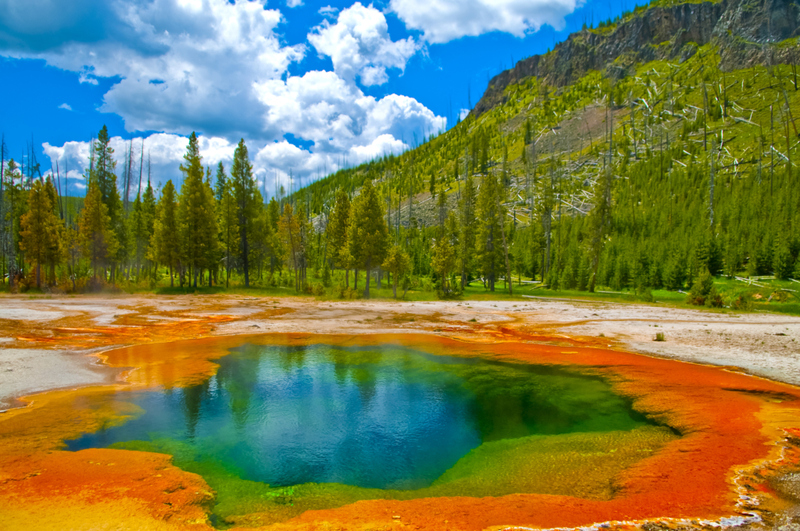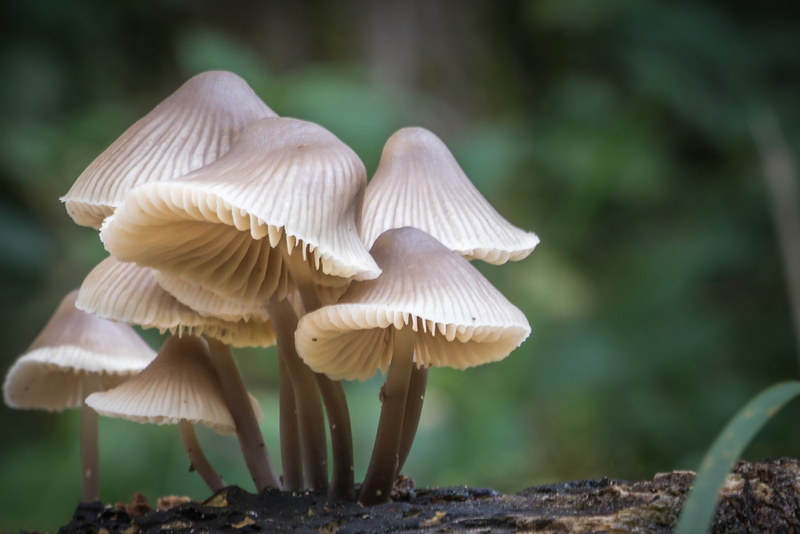A Chicago-based firm has developed a protein from a fungus discovered by accident in Yellowstone National Park! Sure, people have eaten fungi before, but now a fungus was discovered with a nutritional profile that was very appealing and a texture that was just right for something pretty exciting.
What’s so Special About Yellowstone?
Well, for a start, it’s a place where lots of science can be done. Yellowstone offers a 2.2 million-acre natural laboratory and an organized permit system for scientists to conduct research. Thanks to that, the park is home to many scientific breakthroughs.

Journals and letters from residents in the area, trappers, Indian scouts, and the military contain some of the earliest written accounts of the Greater Yellowstone area’s wildlife and thermal features. These early accounts prompted Yellowstone exploration expeditions in the 1860s and 1870s. With the expeditions of geologist Ferdinand V. Hayden, who led official government expeditions to the Yellowstone area in the 1870s, the history of science in Yellowstone formally began.
Yellowstone’s scientific research had expanded beyond the park’s study by the 1960s. Yellowstone was also a site where scientists conducted research extensively. A wide range of geologic studies is fueled by the active ecosystem too. Many of these scientific studies have far-reaching implications outside of Yellowstone National Park as well. This park has turned out to be a treasure trove of discoveries over the decades!
Fungi Protein Is the Future
Alternative proteins have a long history with fungi. Since 1985, companies have been producing a meat substitute using a fungus. Go, vegans!

The cost and ability to mass-produce proteins are unrivaled, and it’s usually far more efficient than using an animal. Alternative proteins are attracting significant interest from environmentally conscious investors because raising farm animals is one of the largest sources of human-induced greenhouse gas emissions. It requires less land, water, and energy than traditional agriculture and can be produced without the use of sunlight, rain, or soil.